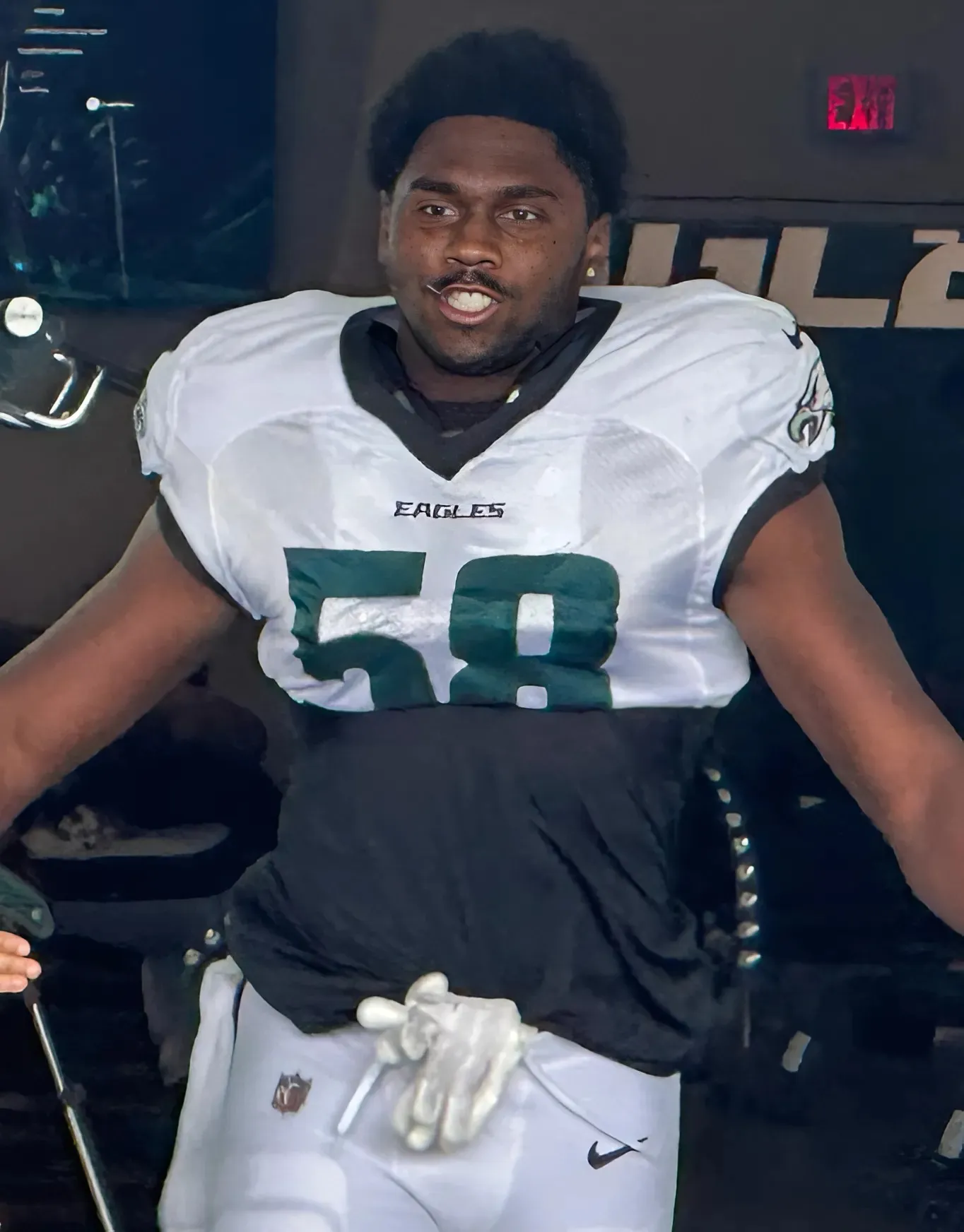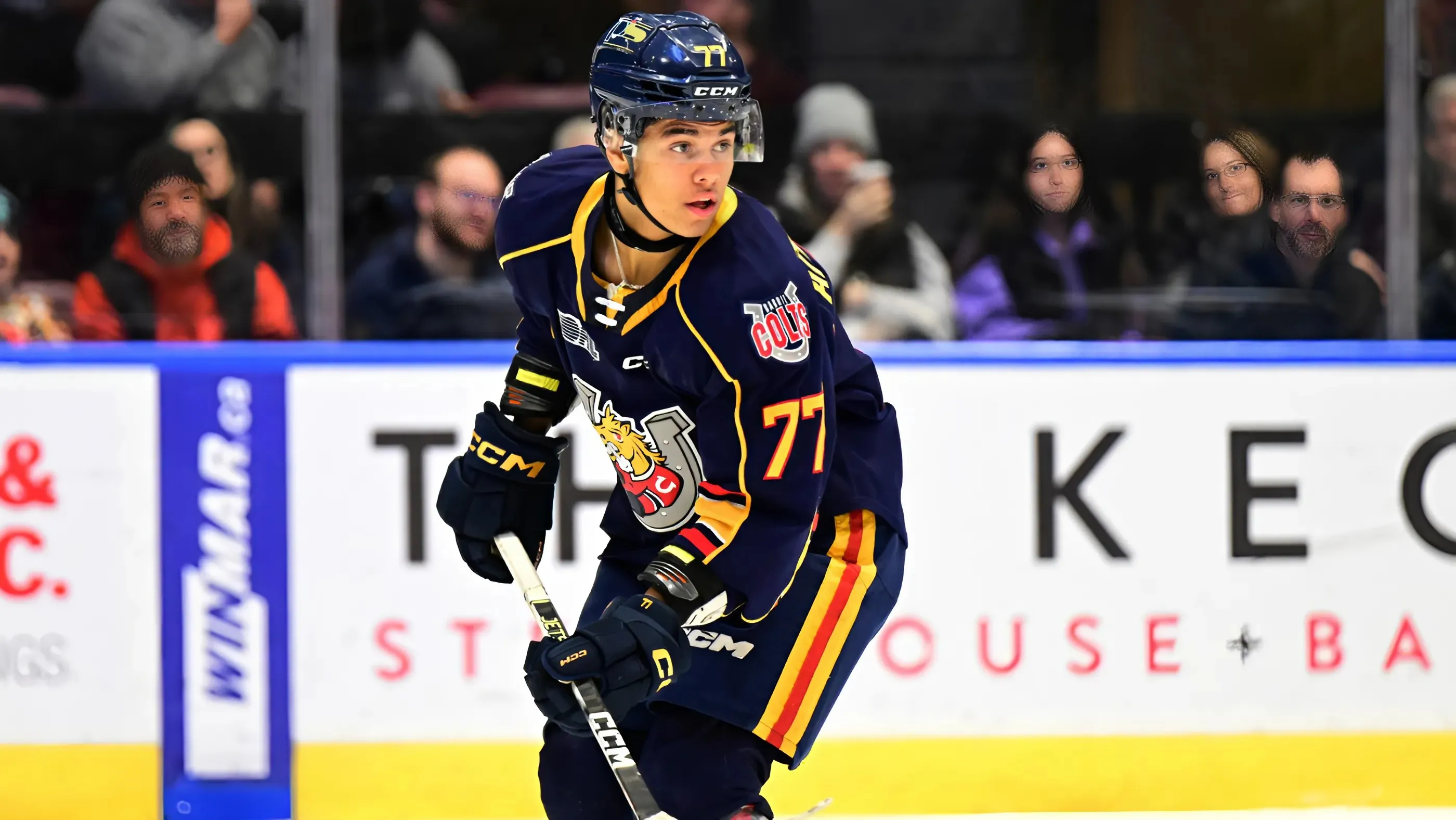
The dust has finally settled, and now we can go deeper into some discussions about the Green Bay Packers roster with the draft gone, and a clearer picture of how the roster is ahead of the offseason program, training camp, and the 2025 NFL Season.
We had smart and great questions this week, so let's jump right into them for our weekly mailbag.
This is a great perspective, because Matt LaFleur is frequently compared to Sean McVay and Kyle Shanahan. But LaFleur does have the offensive creativity to lead trends, and his ability to design and implement different running principles in his philosophy is truly impressive—that's why he was able to put together a magnificent gameplan with a short time of preparation with Malik Willis.
Now, he also has a partner in crime on the other side of the ball. Even with injuries in the secondary and underwhelming play upfront last season, Jeff Hafley was effective at extracting the most out of his personnel.
What the Packers are trying to do, and this is probably the answer to your question, is to be heavier at the line of scrimmage on both sides of the ball—the Philadelphia Eagles might have started this trend to some degree, but Green Bay seems to want to take this to another level. That's why they signed Aaron Banks and why they drafted Anthony Belton—almost 700 pounds combined between these two players.
On defense, the Packers have historically prioritized heavier edge rushers, and that won't change. Barryn Sorrell has 256 pounds, and he's on the lighter spectrum compared to guys like Rashan Gary and Lukas Van Ness.
With an NFL designed to pass, the Packers are trying to find a way to add beef—and still be able to exploit space with athletic pieces.
I might say I was probably wrong on this one. Initially, I thought there was no way the Packers would find a way to keep Jaire Alexander after saying they were open to trading him. When a team does that, it’s hard to get back. But after the draft, and possibly after Alexander’s representatives checked his market, it feels like both sides understood that a reunion could make sense for all parties involved.
Now, I don't think there’s a realistic path for a trade, because Jaire isn’t willing to take a paycut to go elsewhere—he would rather be released to choose his destination. And with the Packers not being willing to release him without compensation, the situation reached a crossroads and developed from there.
If Alexander agrees to a paycut to stay in Green Bay, this is probably a best-case scenario for the Packers—because a late-round pick wouldn’t be nearly as impactful as the All-Pro cornerback can be, especially if the price is right. So, right now, I’d say it’s something around 60-40 for Alexander to be on the team in Week 1. The lesson is that things change fast in the NFL.
I was checking some of Ty Montgomery's rookie tape back in 2015, and I think there are lessons to learn there. In the preseason, Montgomery played like a regular wide receiver, running relatively complex routes (as much as you can get in the preseason) as a way to develop him. In the regular season, though, the Packers focused more on concepts to put the ball in his hands as quickly as possible, allowing him to generate yards after the catch.
It was a different player and a different coach, but it's just a parameter. Savion Williams is more explosive than Montgomery, so it's easy to argue that his ceiling is higher as a full-time receiver.
But I'd expect a similar start. The Packers will do everything possible to develop Williams as a "normal" receiver during training camp, and then utilize his specific skill set during the regular season. But that will depend on each week's gameplan and how the opposite defense operates.
At least for his first year, Savion is probably a role player, and his role should be very specific.
The ideal scenario for the Packers is Jordan Morgan beating Rasheed Walker at left tackle, and Anthony Belton beating Sean Rhyan at right guard. With that, Matt LaFleur could work with what will probably be his long-term lineup: Morgan, Aaron Banks, Elgton Jenkins, Anthony Belton, Zach Tom.
However, it's hard to imagine both young players being better than Walker. And if Walker can't move inside to guard, the most likely scenario is still Morgan playing at right guard for a full season, and Belton as the primary backup option.
It wouldn't surprise me whatsoever. Colby Wooden was a fourth-round pick in 2023, but from the get go he was worse than Karl Brooks, a sixth-rounder. Wooden played 22.95% of the defensive snaps as a rookie, and his snapcount actually dropped in 2024 (21.49%), a byproduct of the Packers using three interior defensive linemen less frequently under Jeff Hafley. It's hard to say for sure that Nazir Stackhouse will make the roster because we never know how undrafted rookies will perform, but his ability as a run defender makes him a viable candidate.
Brian Gutekunst has been pretty effective at identifying which players will clear waivers to potentially bring them back to the practice squad. Ultimately, it might come down to who the Packers think they can get back. And if Stackhouse has a good preseason, that name to waive is probably Wooden
The draft put some players under pressure , especially wide receivers and offensive linemen entering the final year of their rookie deals—Christian Watson, Romeo Doubs, Rasheed Walker, Sean Rhyan. Those to me are the really impacted ones, because the Packers will be forced to make a decision on them next offseason.
Lukas Van Ness is also a good name because this is probably his last chance to have full confidence from the front office. If there isn't a significant leap under defensive line coach DeMarcus Covington, Green Bay will probably have to look for better options. However, Van Ness will still be under contract anyway in 2026, so he has two extra years to prove himself—Nick Perry, for example, only had his breakout season in Year 5, with a bridge contract, and he received a third deal anyway.


-1746439999-q80.webp)
